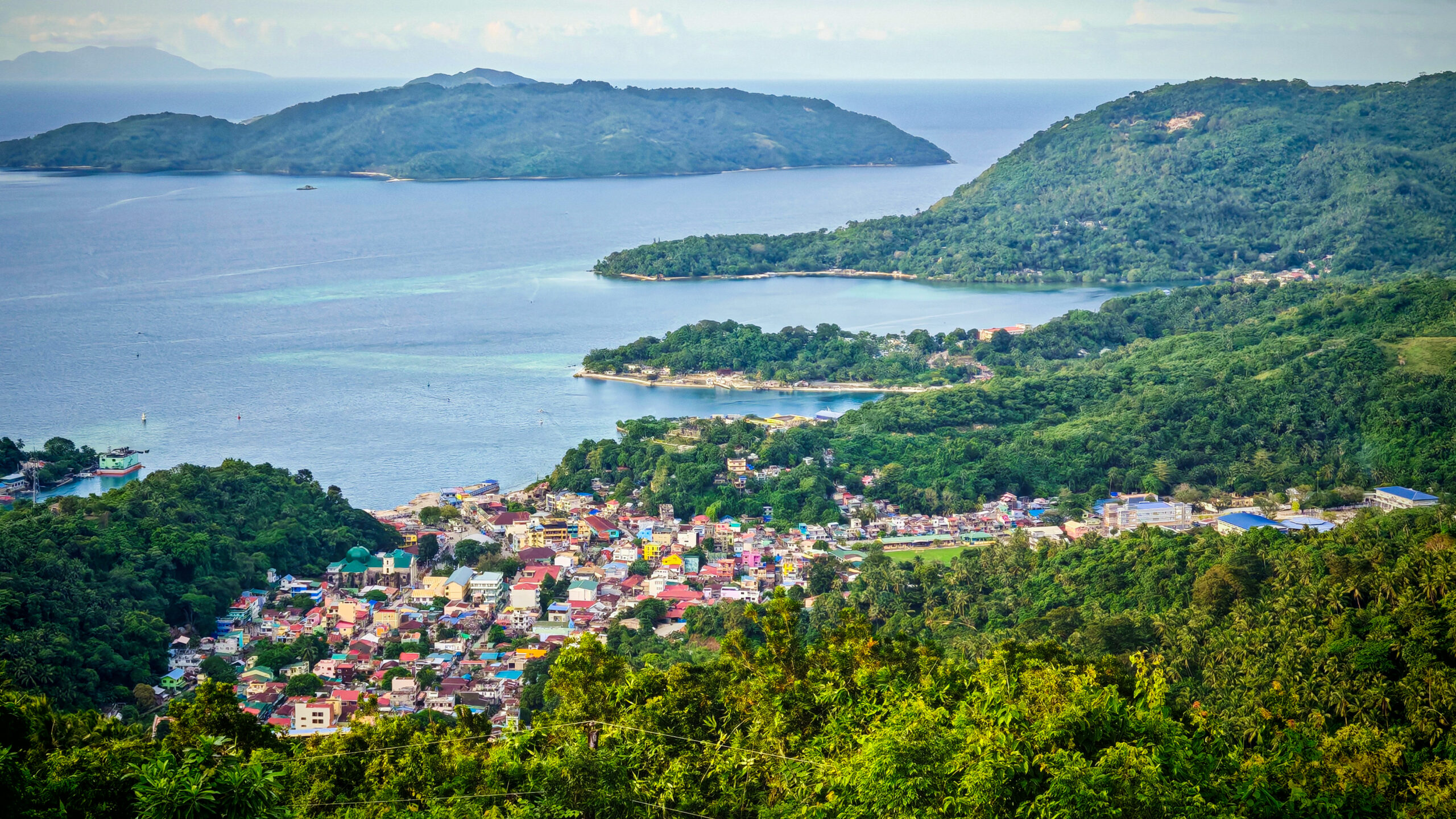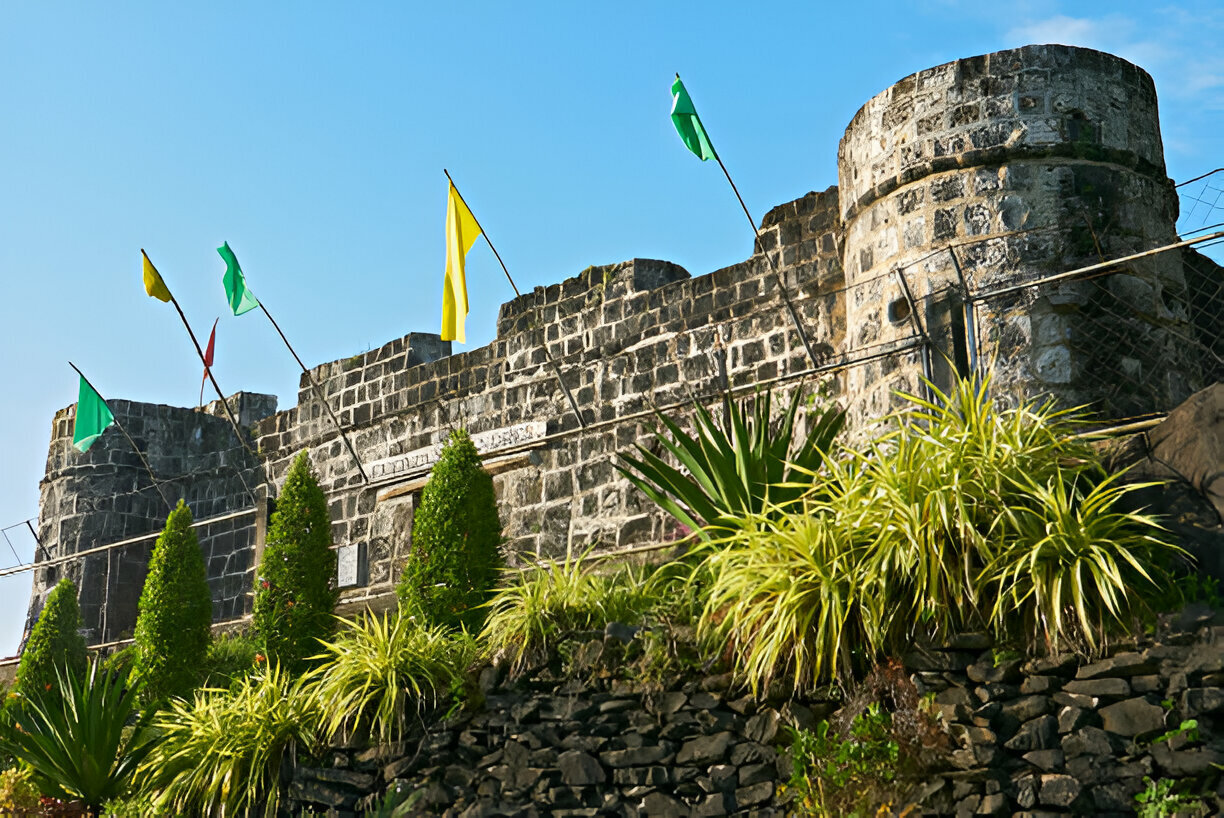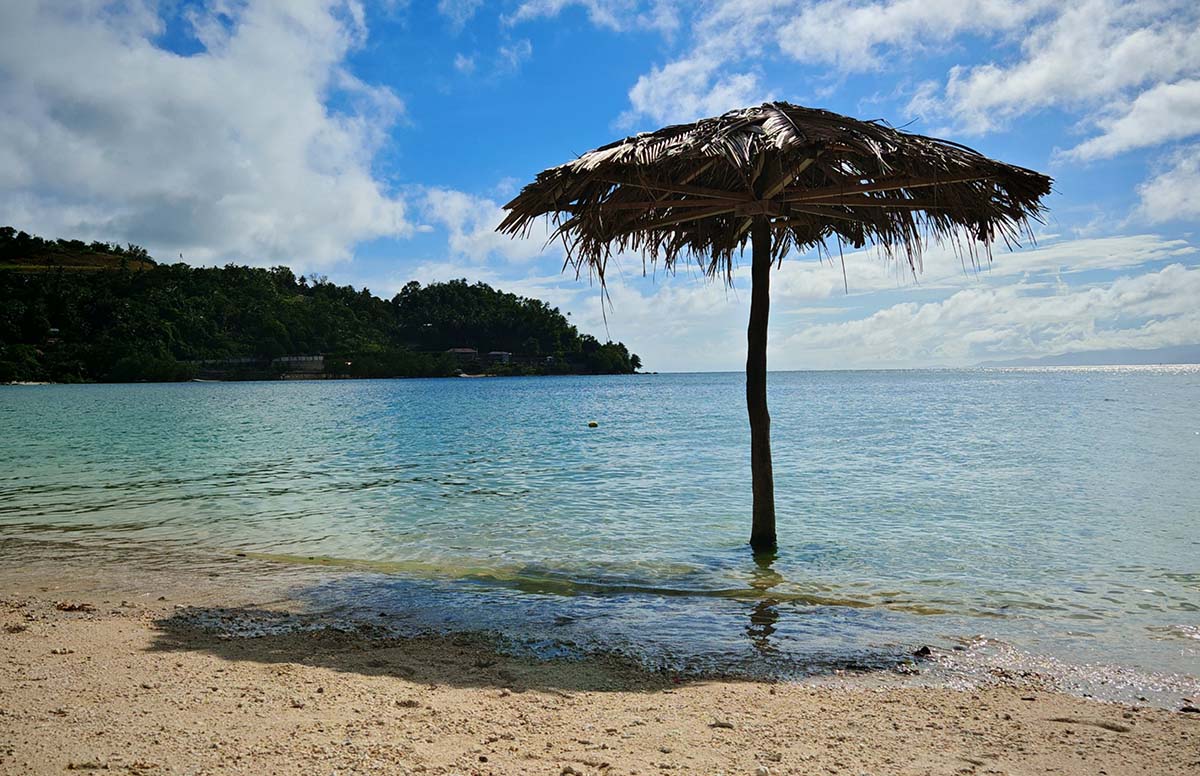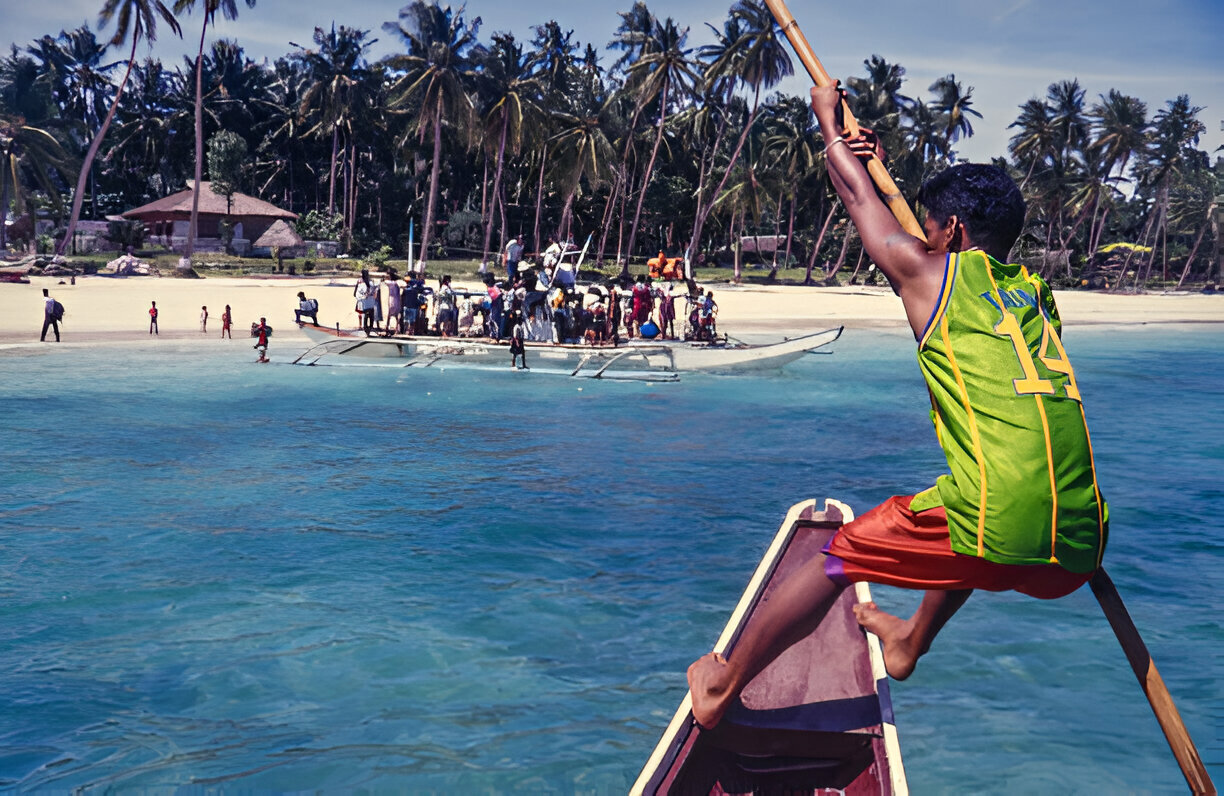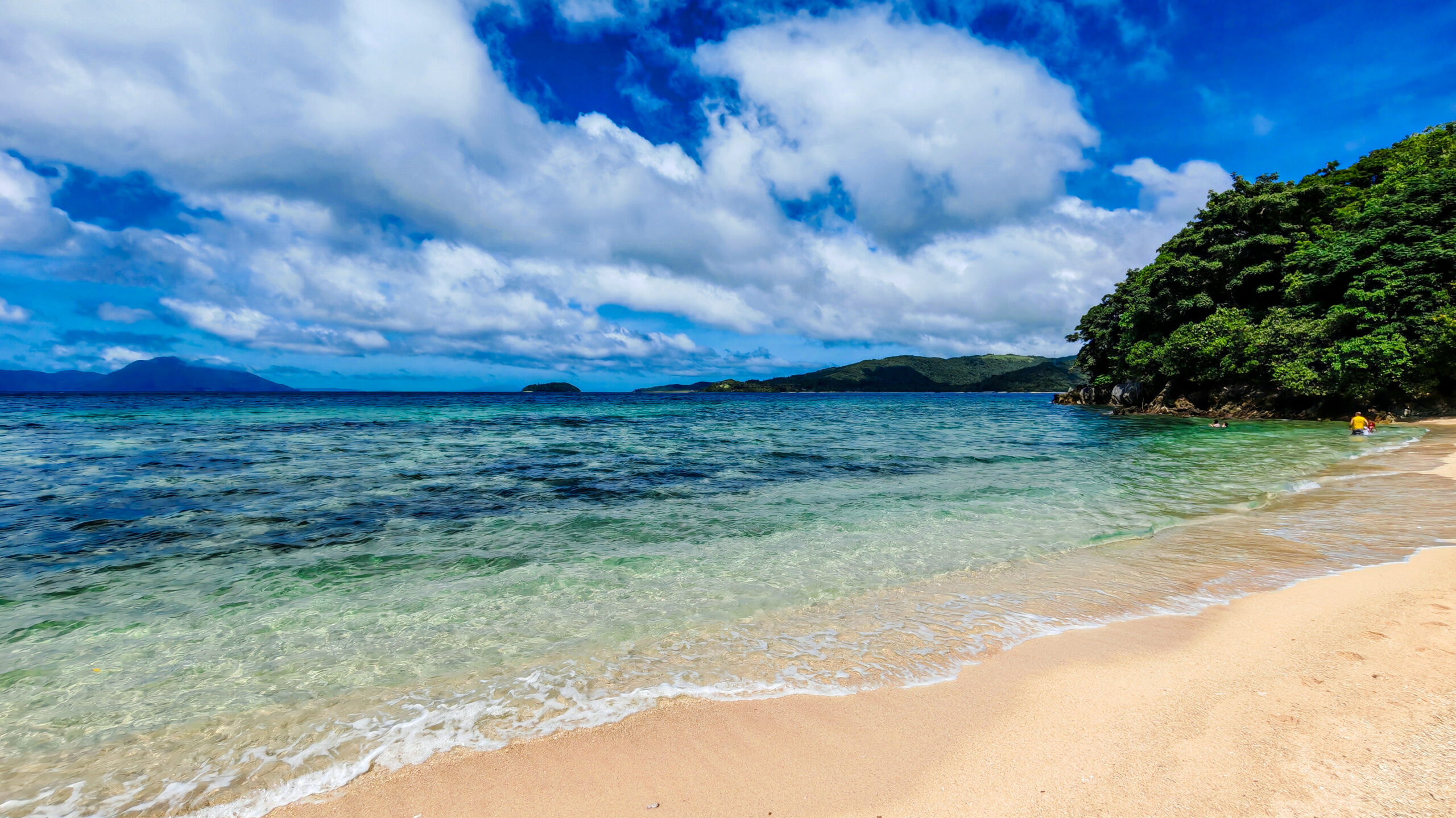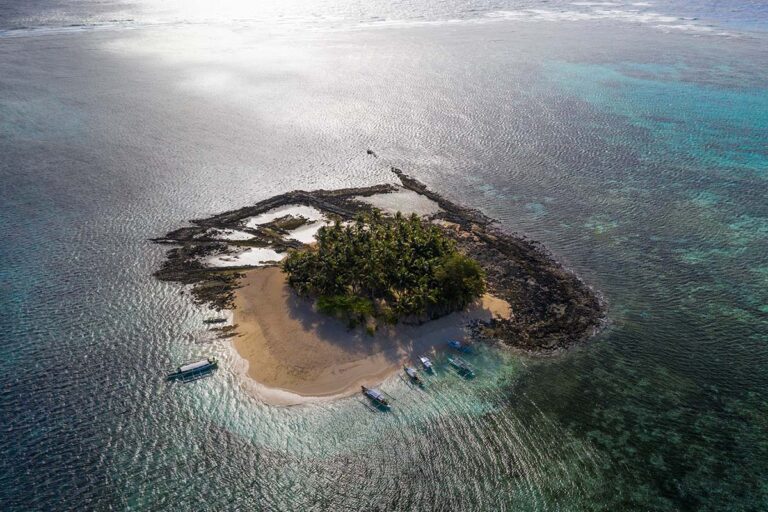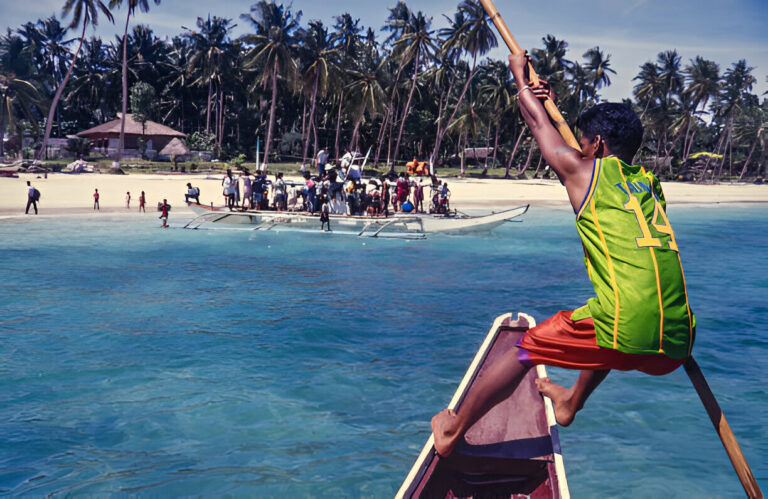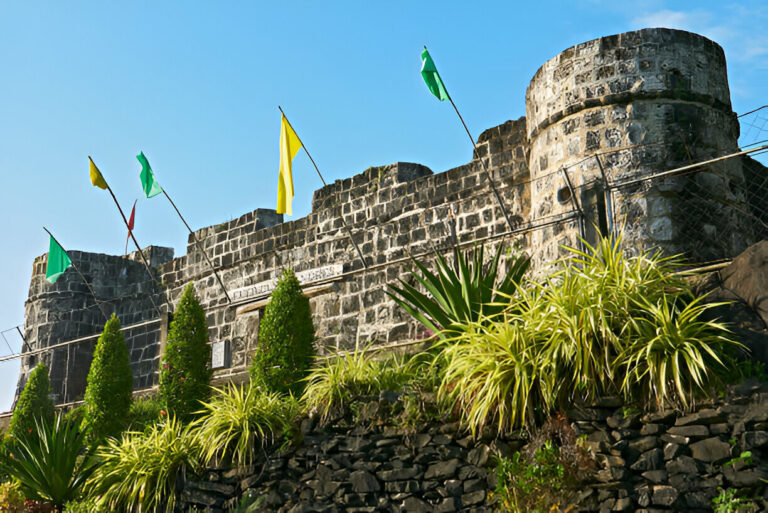Did you know there are dozens of Spanish forts and fortifications scattered across the country?
One of them is the San Andres Fort on the island of Romblon.
But, why is there a fort there, and how does it compare with other defensive installations from the Spanish colonial era? Let’s find out, together.
The Twin Forts of San Andres and Santiago
San Andres Fort is one of the twin forts on the island of Romblon, with the other being Fort Santiago which is atop Calvary Hill. The latter, however, is now in ruins and is covered by vegetation.
Known locally as Kuta San Andres, it is one of the most recognized sites on the island and a must-visit spot for any tourist. Entrance to the fort is free of charge.
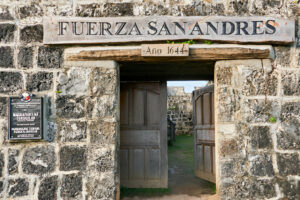
What’s the Purpose of San Andres Fort?
San Andres Fort is located atop San Antonio Hill which overlooks the town of Romblon and its natural harbor. It is largely believed that the fort was established in 1644 by the Spaniards to protect the town from Dutch marauders and Muslim raiders.
Augustin de San Pedro, an Augustinian Recollect also known as “El Padre Capitan,” supervised the construction of the twin forts, while local Filipino laborers used a mixture of limestone and coral to construct the structure. It was completed in 1650 and was named after two of the twelve apostles of Jesus Christ. Fort Santiago was named after Saint James the Great, while Fort Andres was named after Saint Andrew.
Main Features of the San Andres Fort
San Andres Fort, also called Fuerza San Andres, has a total area of 290 square meters or 3,100 square feet. Below are other notable features of this fort:
- San Andres Fort is quadrilateral in shape and has four turrets on each corner.
- The four walls and towers of San Andres Fort have a parapet with three embrasures where cannons are stationed.
- The primary entrance of the fort is located on the southern wall.
- The fort is accessible via a narrow access road from Sabang Road or through a stone staircase in Termopilas Street.
- The middle of the fourth features four stone columns that used to support a thatched roof that covers part of San Andres Fort opposite the sea.
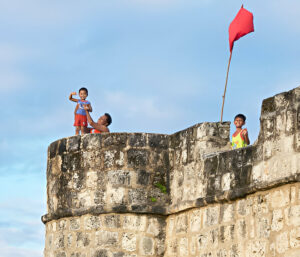
The National Commission for Culture and Arts (NCAA) declared San Andres Fort as a Natural Cultural Treasure in 2013.
A year before the declaration, it underwent a series of restorations which also involved replacing the missing coral stones, reinforcing the foundation walls, fixing the drainage system, and removal of the earth fill at the fort’s interior chamber.
The two turrets, the ripraps, and the top section of the fort were also rehabilitated. The agency spent roughly ₱2,000,000 for the project. The local government and non-profits like Save the Fort San Andres Movement advocated for the conservation of the iconic structure.
Why Visit Fort San Andres?
Aside from its historical significance, Fort San Andres is also the perfect spot to see the coastal waters of Romblon and enjoy its beautiful sunsets. The fort has many picturesque areas, especially those facing the seas.
Tourists visiting the fort also get a good vantage point of the nearby Romblon port and the surrounding hills and mountains. You also get a panoramic view of the nearby islands and the wonderful seascape. San Andres Fort is not only a place for history buffs or nature enthusiasts, it’s also a site for people who want to find a tranquil place for strolls.

